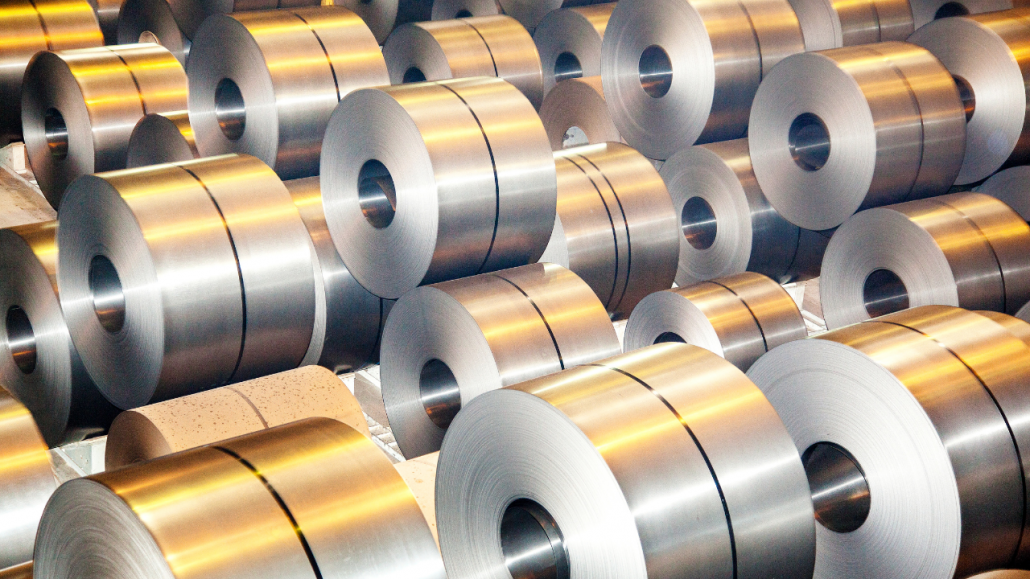
Sustained Demand Faces Price Hurdles
In Europe, demand for low-carbon aluminium has been on the rise, with consumers increasingly willing to pay a premium for sustainable options like Hydro’s Reduxa, Alcoa’s EcoLum, and Rusal’s Allow, which all maintain a carbon footprint of 4t or less per tonne. Despite this growing interest, current market conditions are limiting the price increases that buyers are prepared to accept.
Overall Demand Weakens Pricing Power
This summer, instances of low-carbon aluminium were available without any premium over standard aluminium, reflecting the overall weak demand in the sector. The premium for low-carbon aluminium remains low, impacted by sluggish demand from critical industries, including automotive, construction, and packaging. Furthermore, the European premium for standard aluminium remains elevated, driven by tight global supply and a transition away from Russian materials.
Positive Long-Term Prospects
While immediate market dynamics are challenging, the long-term outlook for low-carbon aluminium remains bright. Manufacturers are increasingly focusing on sustainability, with life-cycle assessments and specific carbon footprint targets driving demand in sectors like automotive and construction. Additionally, regulatory frameworks such as the EU’s carbon border adjustment mechanism are expected to stimulate further interest in low-carbon aluminium products.
Spot Market Development Needed
Currently, the market for low-carbon aluminium lacks liquidity and broad availability. Most supplies are contracted to specific customers, although some material is sold on the open market during slower periods, particularly in summer.
Standardization and Innovation Key to Future Growth
To enhance its market presence, low-carbon aluminium needs to establish clear definitions and standardized methods for calculating carbon footprints. Innovations such as inert anodes and carbon capture technologies are expected to help further reduce emissions, ensuring that low-carbon aluminium can adapt to meet future sustainability demands.











Leave a Reply
You must be logged in to post a comment.